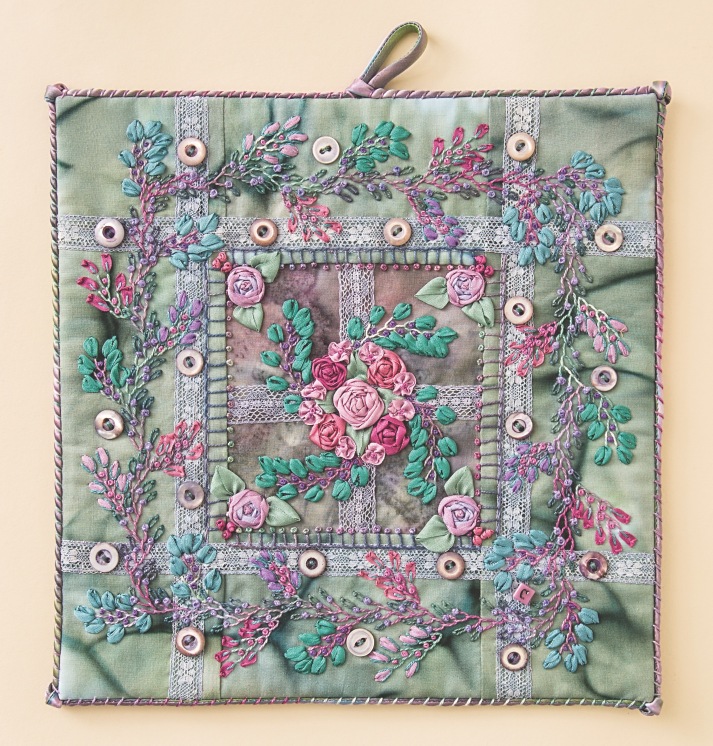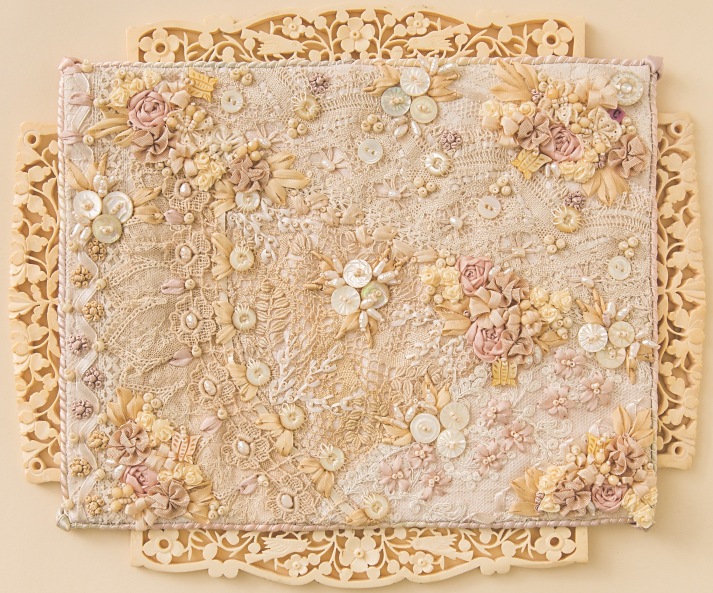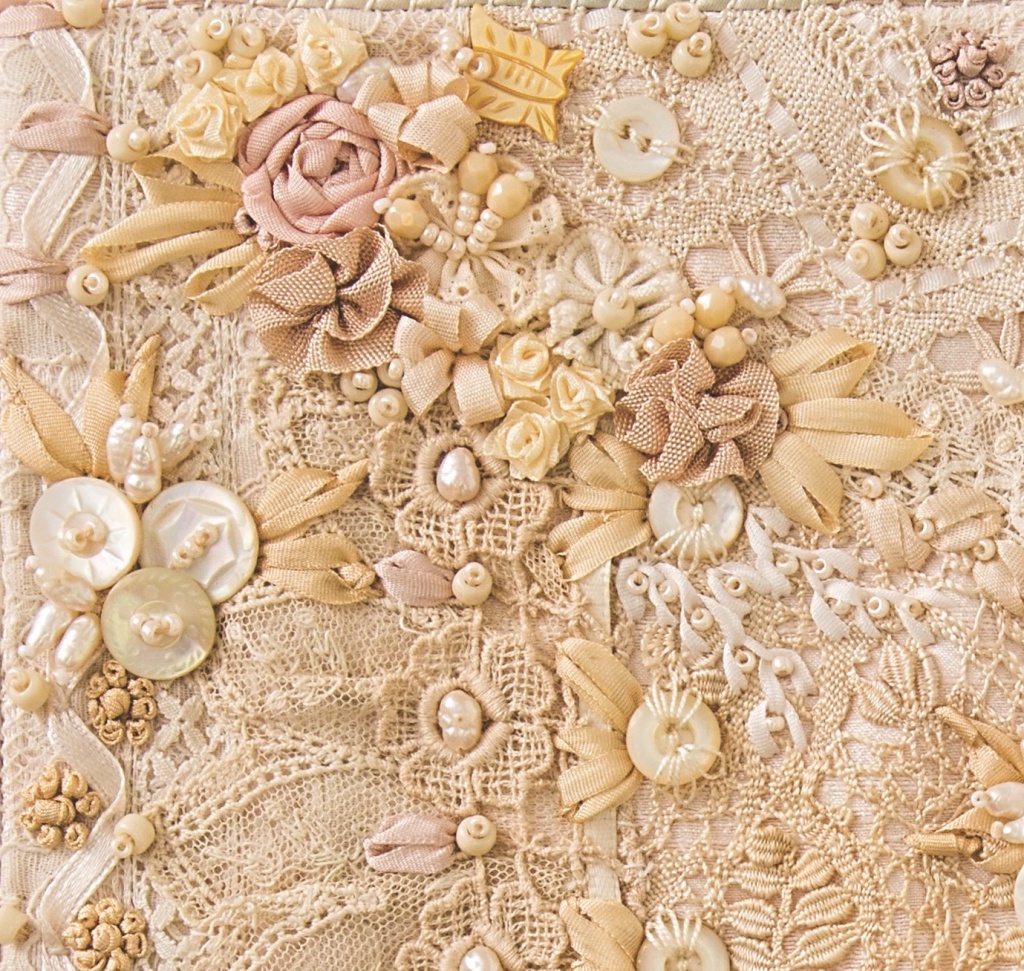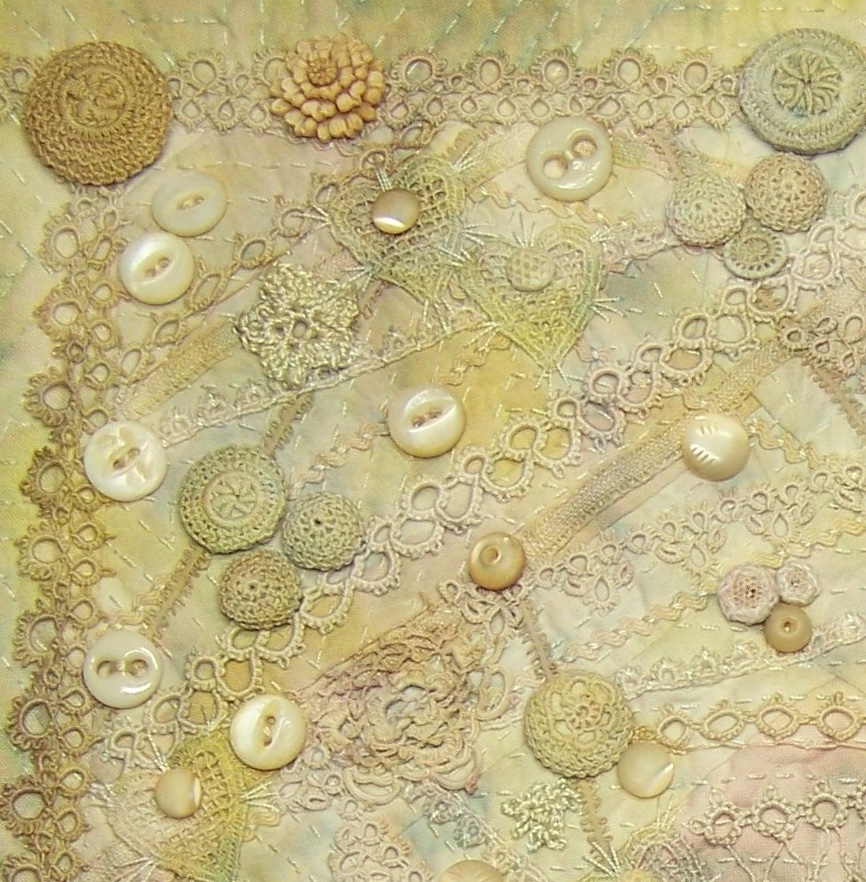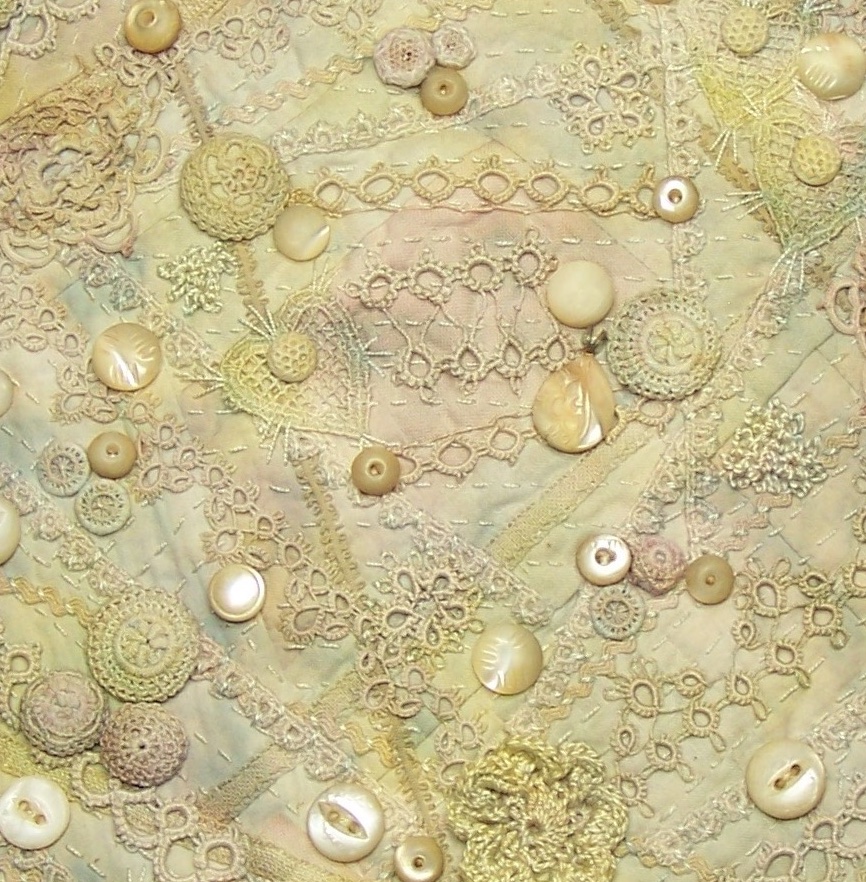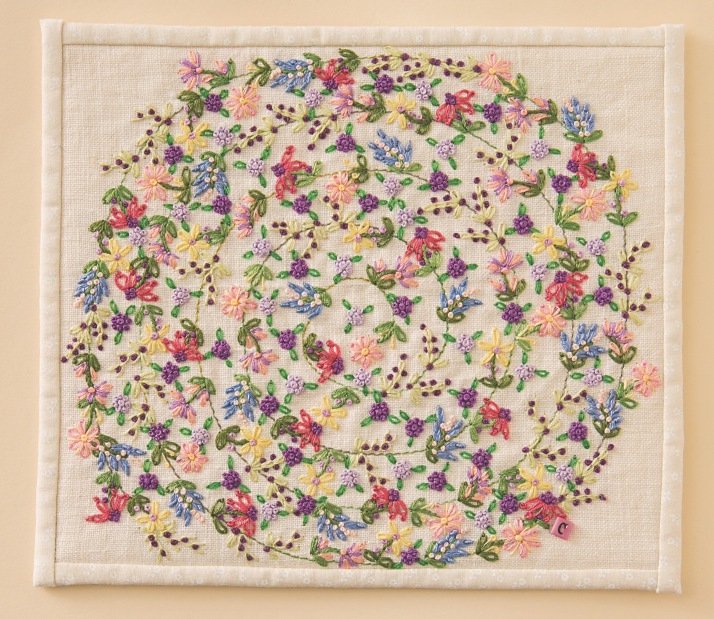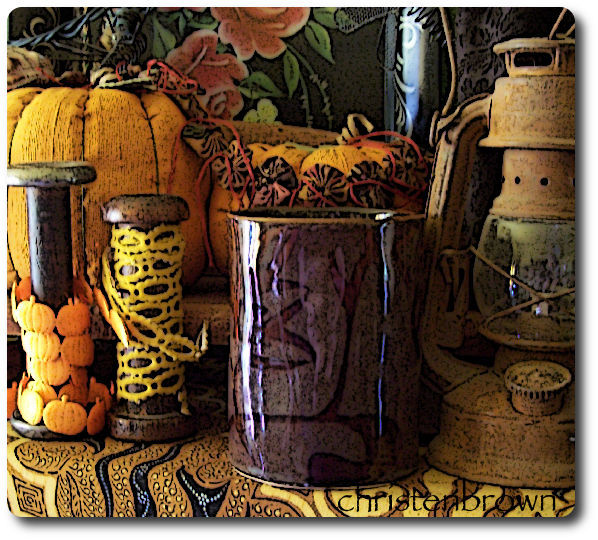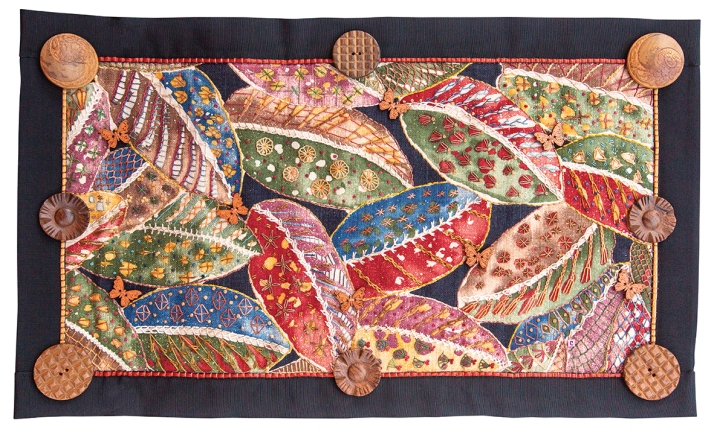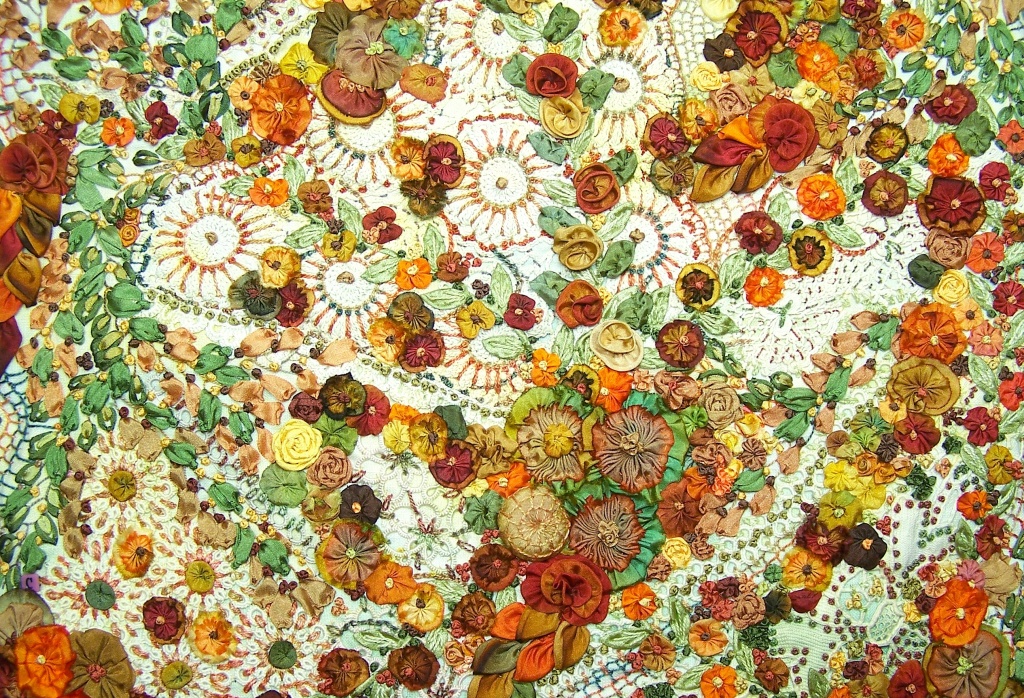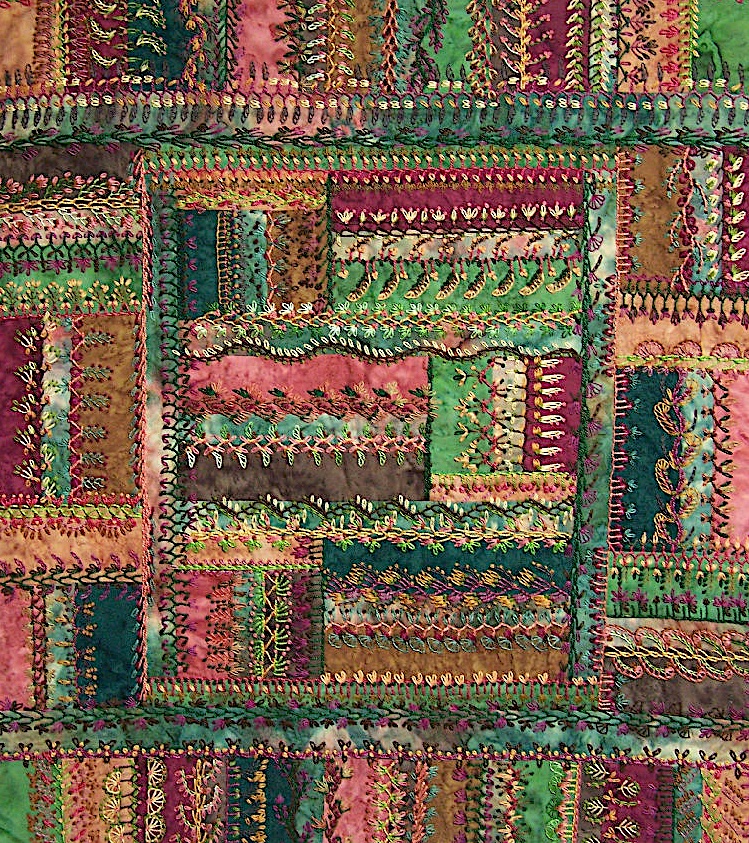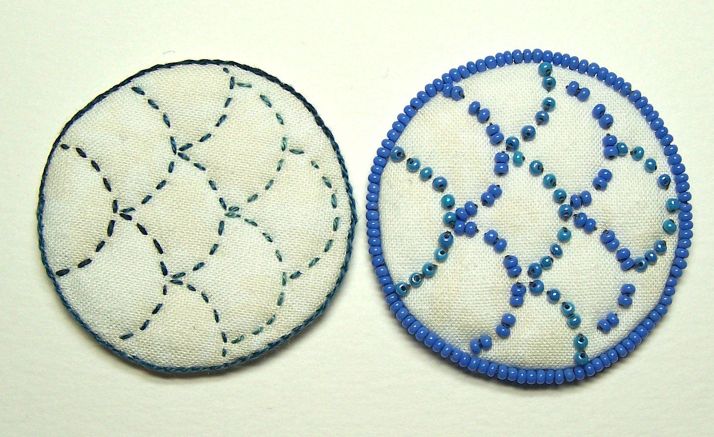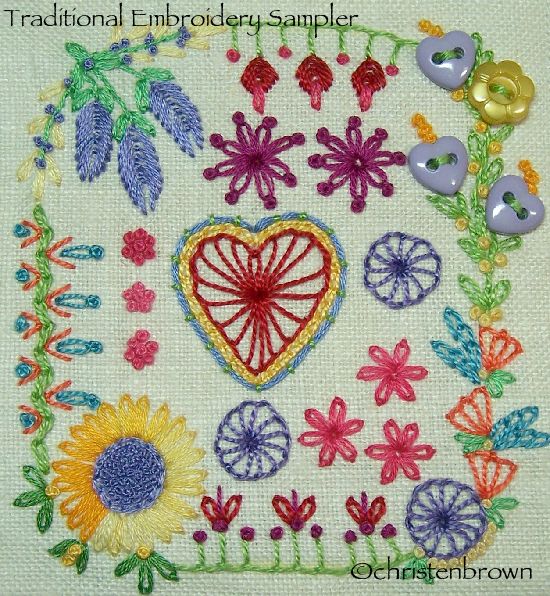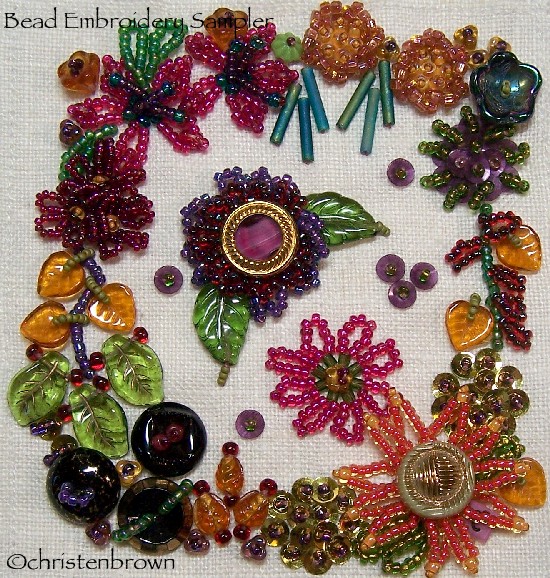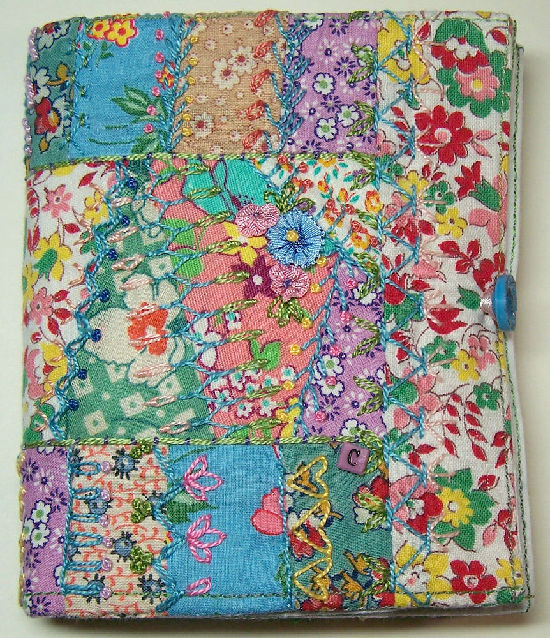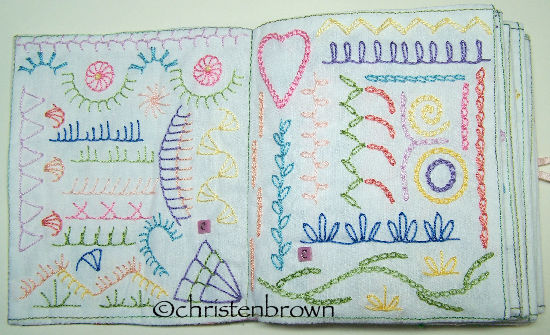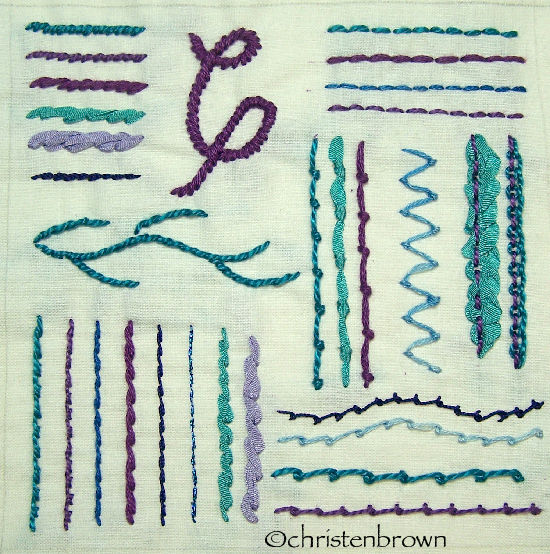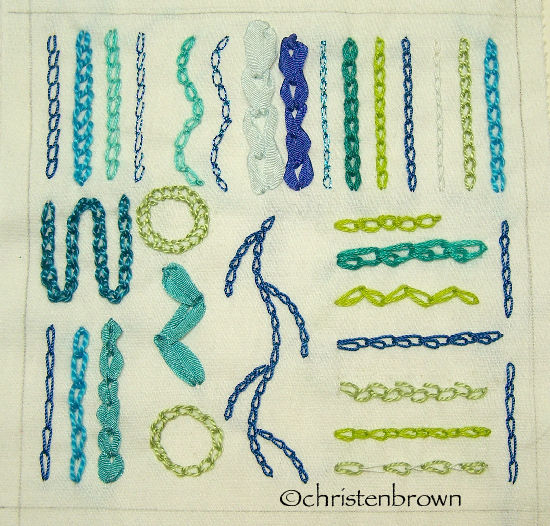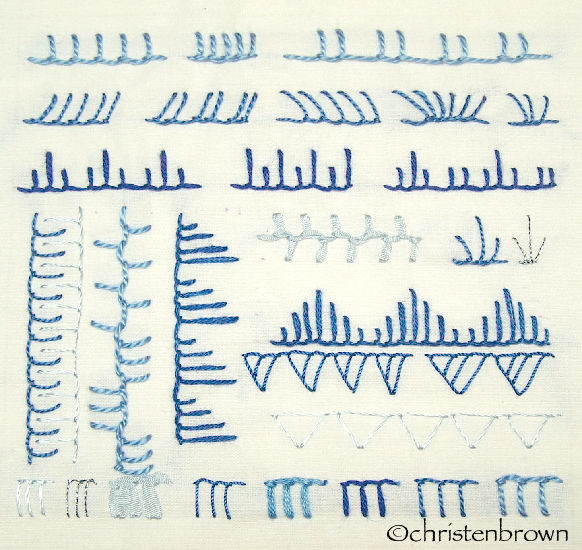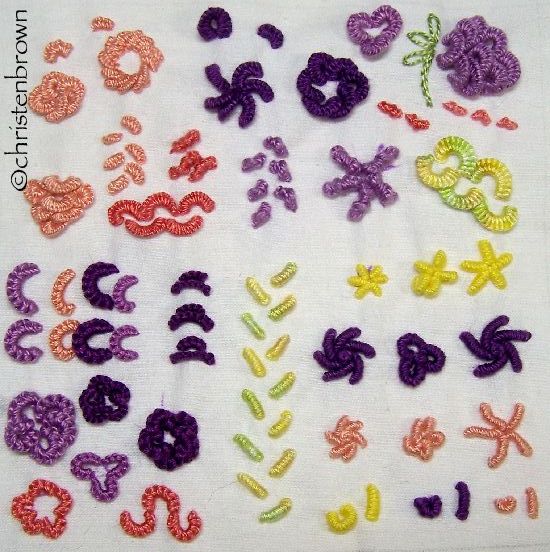On Tips and Tea on Tuesdays, I will cover a topic and hopefully provide you with some tips that will be helpful! And just as an afterthought, tea may occasionally be a cup of Joe!
While I was sipping my chamomile tea today, I got to thinking about crochet lace gloves and accessories, imagining a ladies’ tea from an era when you actually wore gloves. What a nice thought to have! I was lucky enough to find the gloves and reticule on eBay, for a moderately reasonable price. I was also lucky that they were not discolored in anyway, which I can’t say for other pieces that I have rescued! That brings me to today’s tip, cleaning your vintage laces.
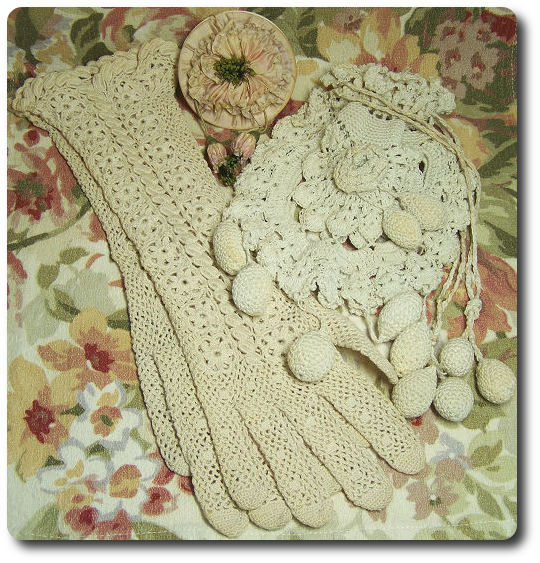
Tip: Cleaning Your Cotton Laces
Clean like colors together in the same wash bath. Use a medium/warm water for light colors, warm/cool water for bright colors, and cold water for dark colors. Use a delicate cleaner such as Restoration Linen Cleaner or Mama’s Miracle Linen Soak.
- Fill a tub full of water, add the cleaning product, swish the water.
- Place the lace in the water, making sure there is room for the bits and pieces to move around.
- Soak the items for 25-30 minutes, then RINSE well.
- If the water is still dirty, repeat the wash and soak process.
- Once the lace is clean, drape each length over a plastic hanger, or lay out on a cotton bath towel.
- If pressing is necessary, use distilled water in the spray bottle with your iron set on the lowest temp.
- Press with the wrong side down, and be mindful to not crush any raised pattern.
Happy tea drinking and stitching to you! ~Christen
PS: If you have any questions or thoughts, just leave a comment! See Tips, Tricks, the Basics, for more helpful ideas.





